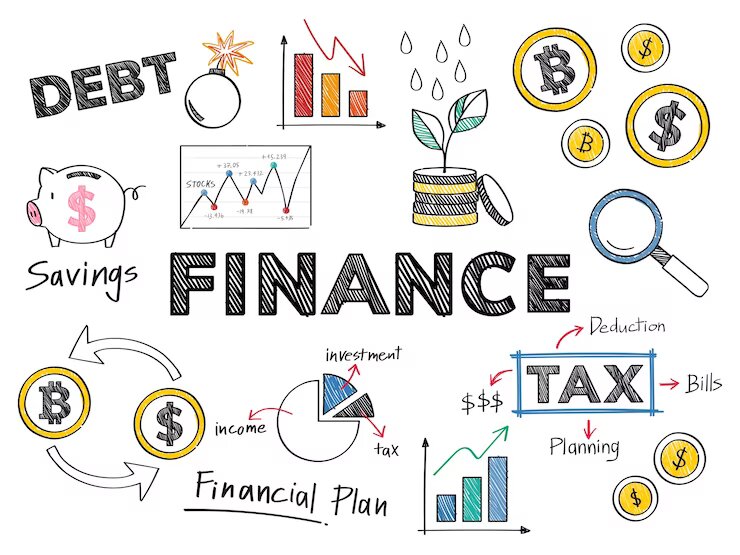As a member of a homeowners association (HOA), it’s important to understand the financial health of your community. One key document that provides insight into an HOA’s financial position is the balance sheet. In this post, we’ll explain what an HOA balance sheet is, review its key components, and provide tips on how to read and interpret this important financial statement.
Assets = Liabilities + Equity This means that the total value of an HOA’s assets must always equal the sum of its liabilities and equity. If an HOA has more assets than liabilities, it has positive equity. If liabilities exceed assets, the HOA has negative equity.
(Member Assessments + Other Income) > (Operating Expenses + Additions to Reserves)
In other words, the combination of regular assessments and other revenue sources (like interest income) must exceed the HOA’s routine expenses plus any amounts set aside for future repairs and improvements. If expenses consistently outpace revenue, the HOA will eventually face a cash crunch and may need to impose special assessments on members.
Equity Ratio = Total Equity / Total Assets
A higher equity ratio indicates a larger cushion to absorb future expenses. HOAs should strive to maintain a healthy equity ratio by gradually growing reserves over time through a combination of disciplined budgeting and regular increases in member assessments.

What Is a Balance Sheet?
A balance sheet is a financial statement that provides a snapshot of an organization’s assets, liabilities, and equity at a specific point in time. For an HOA management company, the balance sheet shows what the association owns (assets), what it owes (liabilities), and the remaining value (equity) that belongs to the members. The fundamental equation of a balance sheet is:Assets = Liabilities + Equity This means that the total value of an HOA’s assets must always equal the sum of its liabilities and equity. If an HOA has more assets than liabilities, it has positive equity. If liabilities exceed assets, the HOA has negative equity.

Components of an HOA Balance Sheet
An HOA balance sheet typically includes three main sections:- Assets – What the HOA owns and controls, such as cash, investments, accounts receivable (assessments owed by members), and property.
- Liabilities – The HOA’s financial obligations, including accounts payable (bills to be paid), taxes, loans, and advance payments from members.
- Equity – The remaining value after subtracting total liabilities from total assets. In an HOA, equity represents the cumulative excess of revenue over expenses throughout the life of the association.
How Do You Read a Balance Sheet for an HOA?
When reviewing an HOA balance sheet, start by comparing total assets to total liabilities. A financially healthy HOA will have sufficient assets to cover its liabilities. Key indicators to look for include:- Adequate cash reserves to cover near-term expenses and unexpected costs
- Low levels of accounts receivable, indicating that members are paying assessments on time
- Reasonable accounts payable in relation to available cash
- Positive equity (more assets than liabilities)
The Formula for a Successful HOA Balance Sheet
To maintain a strong balance sheet, an HOA must operate according to the following formula:(Member Assessments + Other Income) > (Operating Expenses + Additions to Reserves)
In other words, the combination of regular assessments and other revenue sources (like interest income) must exceed the HOA’s routine expenses plus any amounts set aside for future repairs and improvements. If expenses consistently outpace revenue, the HOA will eventually face a cash crunch and may need to impose special assessments on members.
Determine the Equity Ratio of Your Community
One helpful metric for evaluating an HOA’s balance sheet is the equity ratio, calculated as:Equity Ratio = Total Equity / Total Assets
A higher equity ratio indicates a larger cushion to absorb future expenses. HOAs should strive to maintain a healthy equity ratio by gradually growing reserves over time through a combination of disciplined budgeting and regular increases in member assessments.

How to Better Understand Your Community’s Balance Sheet
To gain a deeper understanding of your HOA’s financial health, take the following steps:- Attend board meetings and ask questions about the budget and long-term financial plans
- Volunteer for the budget or finance committee
- Carefully review the annual HOA financial statements, including footnotes and disclosures
- Monitor your HOA’s reserve fund and compare actual balances to reserve study recommendations
- Encourage the board to commission periodic independent audits to verify the accuracy of financial reporting
Conclusion
An HOA balance sheet is a critical tool for evaluating the financial well-being of your community. By understanding what a balance sheet is, reviewing its key components, and knowing how to interpret this important document, you can help ensure that your HOA remains on solid financial footing for years to come. Regularly monitoring your HOA’s assets, liabilities, and equity will give you peace of mind that your community is being managed responsibly and that your investment is protected.Heywood Community Management specializes in homeowners' association (HOA) management in Arizona and surrounding areas such as Gilbert, Chandler, Tempe, Mesa, Queen Creek, Scottsdale, Phoenix, and more. Heywood HOA Management has actively been a part of Arizona's Real Estate market since 1933. With a single focus on community association management, Heywood Community Management is dedicating its resources to raising the community management standard of quality.
HOA business tips, intriguing topics, and freebies straight to your inbox.
Join the subscribers who get our content first.
No charge. Unsubscribe at anytime.

